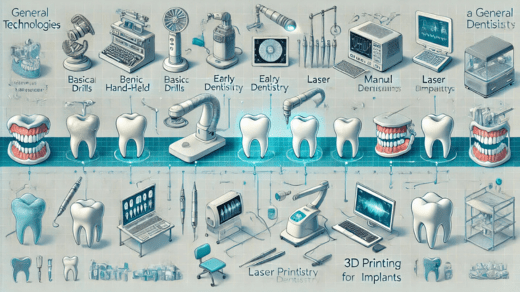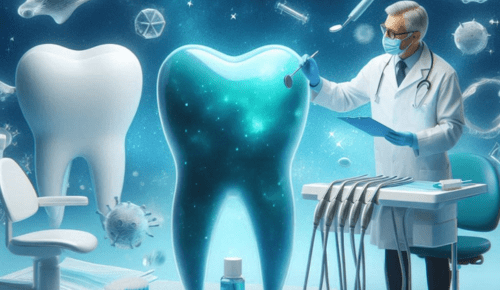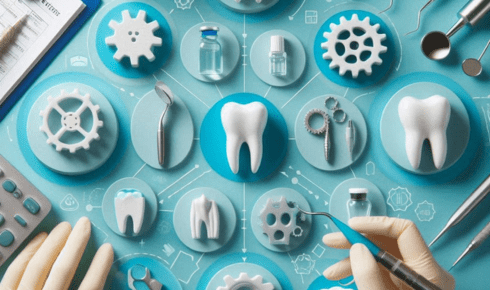Dental care has come a long way over the years. From simple tools to advanced technologies, the field keeps evolving. This evolution has made treatments more comfortable and efficient. One of the exciting advancements is South Bay Invisalign®. It offers a clear, discreet way to straighten teeth. This is just one example of how dental technology is reshaping smiles today.
From Past to Present
The history of dental tools dates back to ancient civilizations. Early instruments were rudimentary, often causing discomfort. But innovation has always been a part of dentistry. In the 19th century, dentists saw the introduction of the first foot-treadle dental drill. This tool, though basic, marked the beginning of modern dental technology. Fast forward to today, technology makes dental care more precise and less invasive.
Key Technological Advancements
Dental technology today features numerous innovations. Let’s look at three key areas:
- Digital Imaging: X-rays used to mean waiting for film to develop. Now, digital imaging provides instant results, reducing patient waiting times.
- Laser Dentistry: Lasers offer benefits such as reduced pain and faster healing. They are used in procedures like cavity treatment and gum surgery.
- 3D Printing: This technology allows for the quick creation of dental models and implants. It also contributes to custom-fit braces.
Comparison of Traditional vs. Modern Dental Tools
| Feature | Traditional Tools | Modern Tools |
| Precision | Lower | Higher |
| Patient Comfort | Less Comfortable | More Comfortable |
| Time Efficiency | Longer Procedures | Faster Procedures |
Impact on Patient Care
With these advancements, patient care has improved dramatically. Treatments are now tailored to individual needs, leading to better outcomes. For instance, digital scanning eliminates the need for messy molds. It ensures a smoother experience for the patient. Additionally, the use of technology in diagnosis has increased accuracy. This means more effective treatment plans.
Education and Training
As technology evolves, so does the need for updated training. Dental professionals must stay informed about new tools and methods. Educational institutions now offer courses focused on cutting-edge technologies. For those interested in learning more, the National Institute of Dental and Craniofacial Research provides valuable resources. Additionally, organizations like the American Dental Association offer programs to help dentists stay current.
The Future of Dental Technologies
The future holds exciting possibilities. Artificial intelligence and robotics are beginning to enter the field. These technologies promise even greater precision in dental procedures. Moreover, the development of new biomaterials could lead to more durable dental restorations. As these innovations continue, the focus remains on improving patient care and outcomes.
Conclusion
The evolution of dental technologies is a testament to human ingenuity. From the first dental drills to today’s digital imaging, each advancement aims to enhance patient care. As technology continues to progress, we can expect even more breakthroughs. These advancements will make dental care more accessible, comfortable, and effective for everyone.




